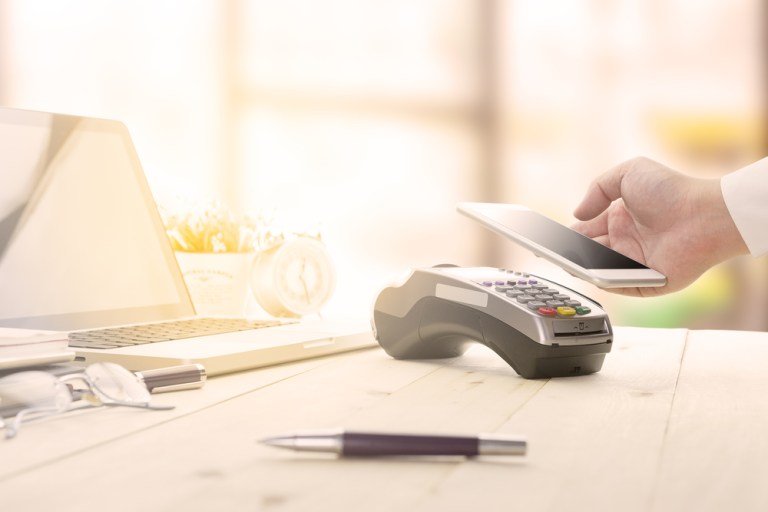
Technavio, the research firm, is forecasting the global mobile card reader market will grow at a CAGR of close to 54 percent from 2017 to 2021.
According to a press release highlighting the new forecast, Technavio said the magnetic stripe technology was the most commonly used technology in 2016 with more than 53 percent market share. Chip-and-PIN technology came in second with 41 percent market share.
“With governments across the globe looking to improve infrastructure in terms of the internet and mobile devices, the demand for contactless payment systems is also likely to improve. This will aid vendors to penetrate markets in India, China, Brazil and other developing economies, which are considered difficult to penetrate,” said Chetan Mohan, a lead analyst at Technavio for computing devices research, in the press release.
According to the researchers, what is driving adoption of mobile payments in the future is the increasing number of micro, small and medium-sized enterprises, lower transaction costs and growing dependence on plastic transactions. “The complex banking procedures and the high transaction fees have been the biggest letdown for micro, small and medium enterprises (MSMEs) looking to adopt card-based transactions,” said Technavio in the release. “The advent of mobile card readers has simplified the process altogether, with the role of banks being reduced significantly.”
The fact that the market is in the early stages is the main reason why there is low adoption rates among micro, small and medium-sized businesses, noted Technavio. “In developing and upcoming regions, such as India and China, the MSME sector is pivotal in driving the growth engine,” said Chetan.
Aside from ease of use, the report noted that reduced transactional costs are a big selling point for vendors to offer mobile payments, while the growing dependence on plastic is forcing merchants to start accepting card-based payments, which bodes well for the mobile card reader market.